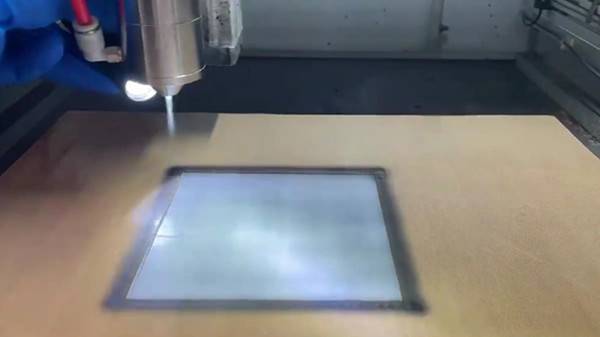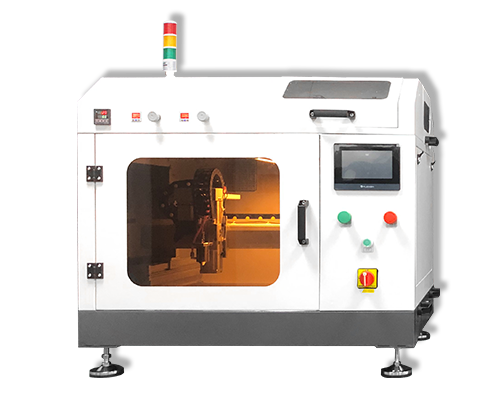What are the obstacles to the development of AEM-WE?
The core obstacle to the development of AEM lies in the development of stable high ionic conductivity anion exchange membranes and ionomers. In addition, there are related difficulties in the design of non-precious metal catalysts, the selection of porous transport layers, and the matching of membrane electrode assemblies (MEA), which can be divided into the following four aspects:
1 Anion exchange membranes and ionomers
AEMs must be: (i) ion conductive; (ii) thermally stable; (iii) mechanically stable; (iv) chemically stable; (v) electrochemically stable, and to make them more attractive, they also need to be low-cost, easy to process, and can be produced through continuous processes. The reality is that it is necessary to compromise between mechanical strength and ionic conductivity. Although increasing the loading of AEM functional groups may be beneficial to ionic conductivity, this will increase water absorption and thus reduce mechanical stability. Conversely, a lower functional group content may result in lower ionic conductivity and therefore lower AEM-WE performance.
In addition, AEM membranes are available on the market, but due to the small production scale, the price is still very expensive and cannot currently compete with commercial PEM in terms of cost.
Finally, further research and evaluation are needed to determine whether durability requirements are met.
2 PGM-Free Catalysts
On the one hand, PGM-free has become a reality with nickel-based OER electrocatalysts, which are currently considered benchmark OER electrocatalysts. In contrast, for HER, the most advanced electrocatalysts are still based on precious metals. On the other hand, many catalysts perform well in the laboratory, but once they are made into MEAs and tested in electrolyzers, the catalytic activity cannot be effectively expressed. It is very important to speed up electrode design and make the test conditions closer to AEM-WE rather than RDE, thereby producing more predictable behavior in AEM-WE. However, it is still necessary to test new materials in electrolyzers in the end, although it is complex and time-consuming. The durability of electrocatalysts must be fully studied, and their attenuation mechanisms must be understood and their effects mitigated accordingly. Currently, a few studies have explored the long-term durability of materials, which leaves questions about the reliability of the materials.
3 Porous Transport Layer
The preferred material for the anode PTL in AEM-WE is nickel. In fact, above 0V (vs RHE), the oxidation products of nickel are oxides or hydroxides, which passivate the surface. In AEMWE, the anode PTL is usually nickel foam, while the cathode can be nickel foam or carbon cloth. To date, PTL remains a focus and difficulty in research, as their optimization has great potential to improve the performance of AEM-WEs.
4 Membrane Electrode Assembly
The integration of membrane electrode assembly (MEA) is crucial for improving performance and durability, and also for switching from dilute KOH or K2CO3 to pure water supply in the near future. In the current state of MEA manufacturing, the appropriate combination of catalyst, ionomer and membrane must be studied and optimized to improve the ionic conductivity of the electrode.
Different methods should also be explored to optimize the interface of ionomer (AEI) and electrocatalyst to control and improve the interaction and interconnection between AEI and electrocatalyst. Mechanical issues related to the peeling or dissolution of the catalyst layer must be solved. There are still some unresolved issues about the AEI incorporated in the catalyst layer, involving its role in the catalytic processes at the anode and cathode. Other components, such as PTL, should be optimized to resist corrosion, facilitate degassing and reduce the interfacial resistance between the catalyst layer and PTL.
Hydrogen production by electrolysis of water is the most advantageous method for producing hydrogen. Utrasonic coating systems are ideal for spraying carbon-based catalyst inks onto electrolyte membranes used for hydrogen generation. This technology can improve the stability and conversion efficiency of the diaphragm in the electrolytic water hydrogen production device. Cheersonic has extensive expertise coating proton exchange membrane electrolyzers, creating uniform, effective coatings possible for electrolysis applications.
Cheersonic ultrasonic coating systems are used in a number of electrolysis coating applications. The high uniformity of catalyst layers and even dispersion of suspended particles results in very high efficiency electrolyzer coatings, either single or double sided.
About Cheersonic
Cheersonic is the leading developer and manufacturer of ultrasonic coating systems for applying precise, thin film coatings to protect, strengthen or smooth surfaces on parts and components for the microelectronics/electronics, alternative energy, medical and industrial markets, including specialized glass applications in construction and automotive.
Our coating solutions are environmentally-friendly, efficient and highly reliable, and enable dramatic reductions in overspray, savings in raw material, water and energy usage and provide improved process repeatability, transfer efficiency, high uniformity and reduced emissions.
Chinese Website: Cheersonic Provides Professional Coating Solutions


